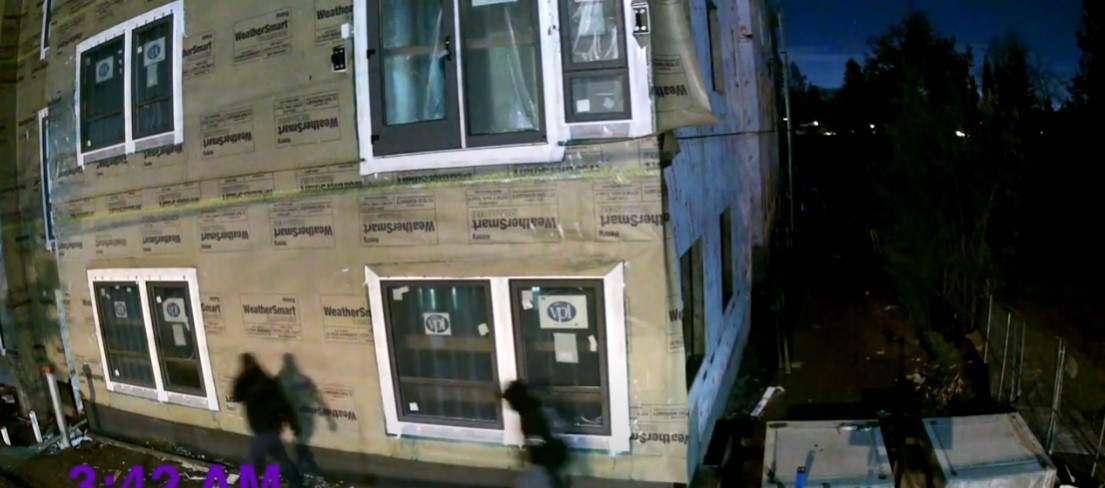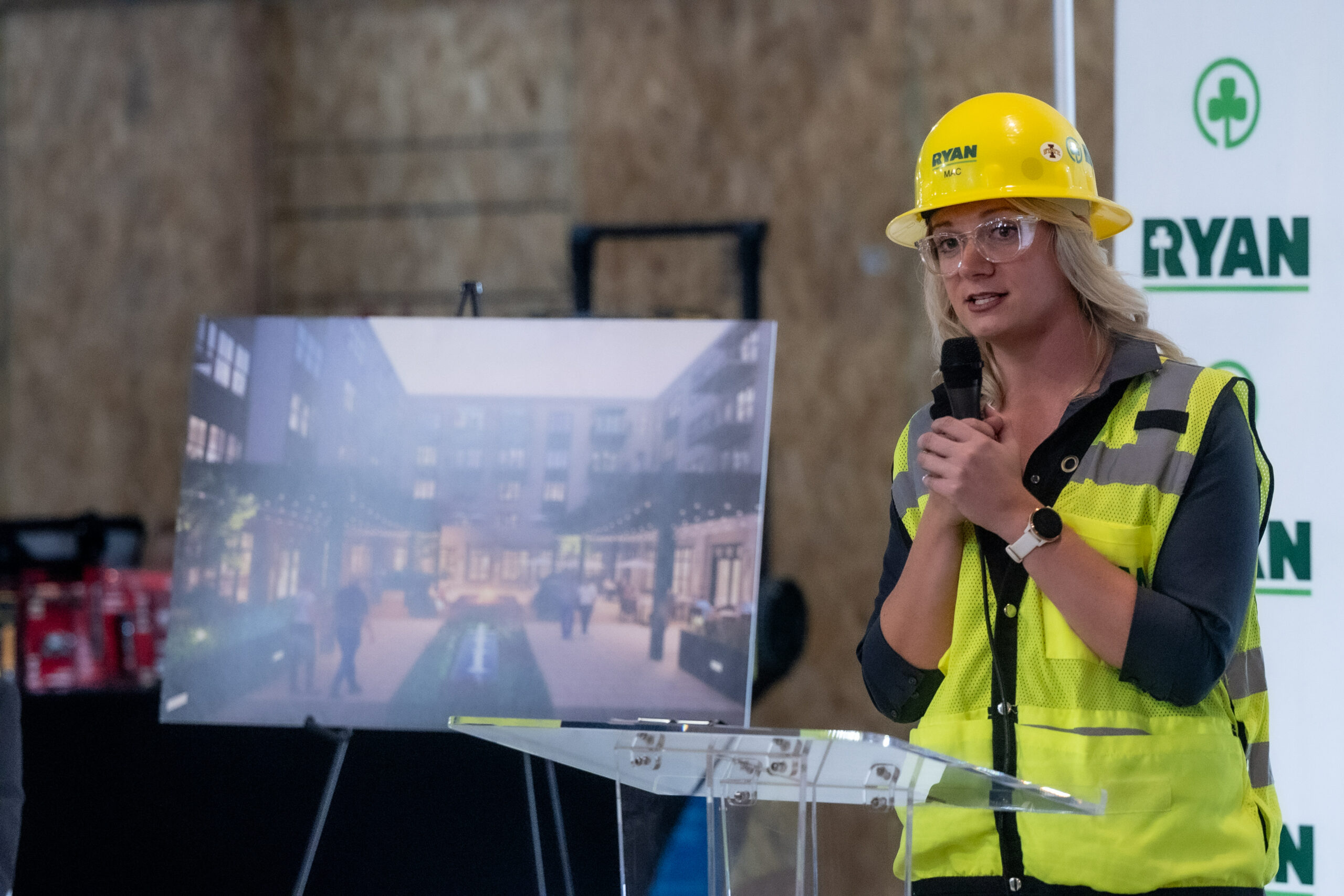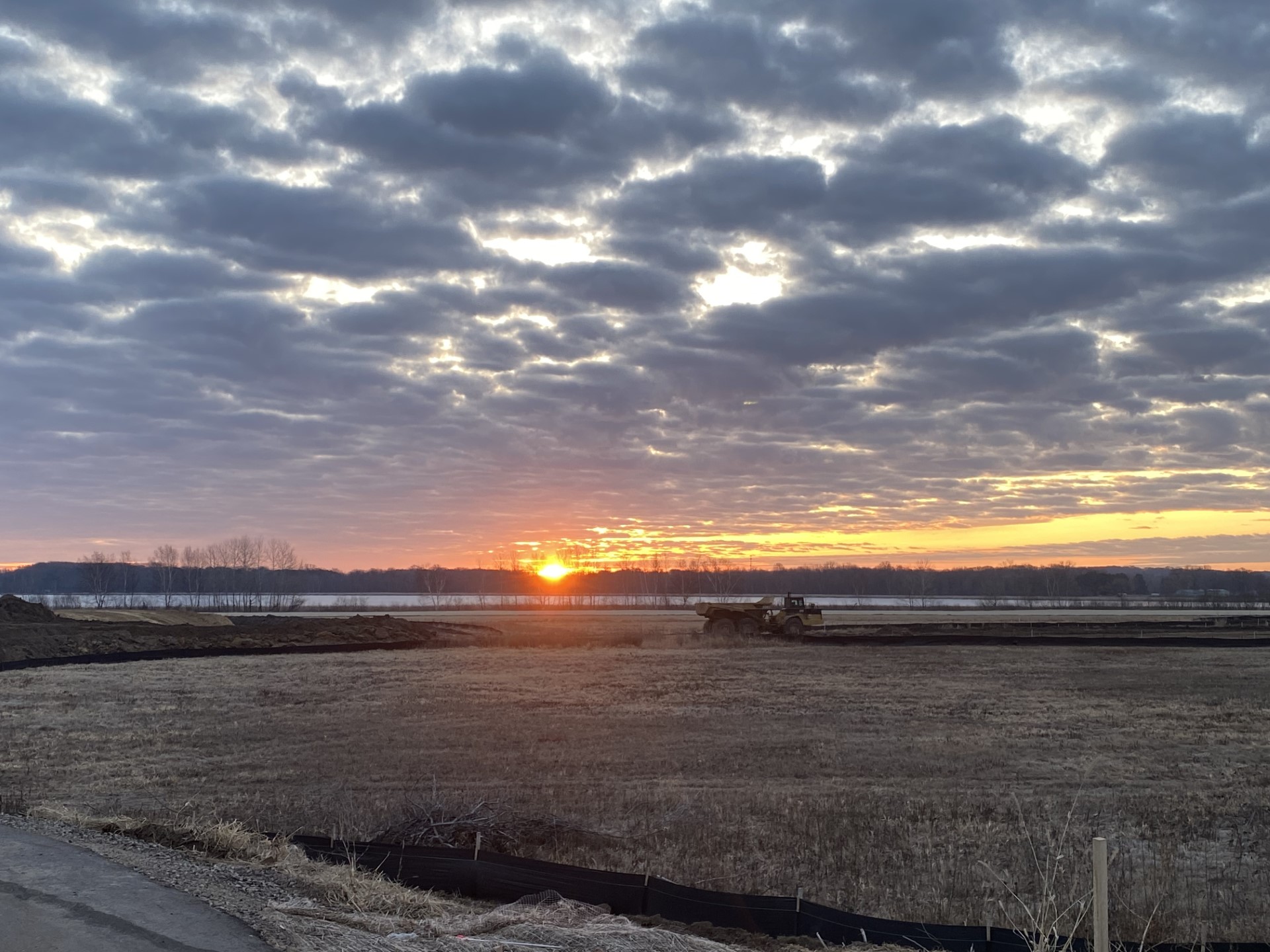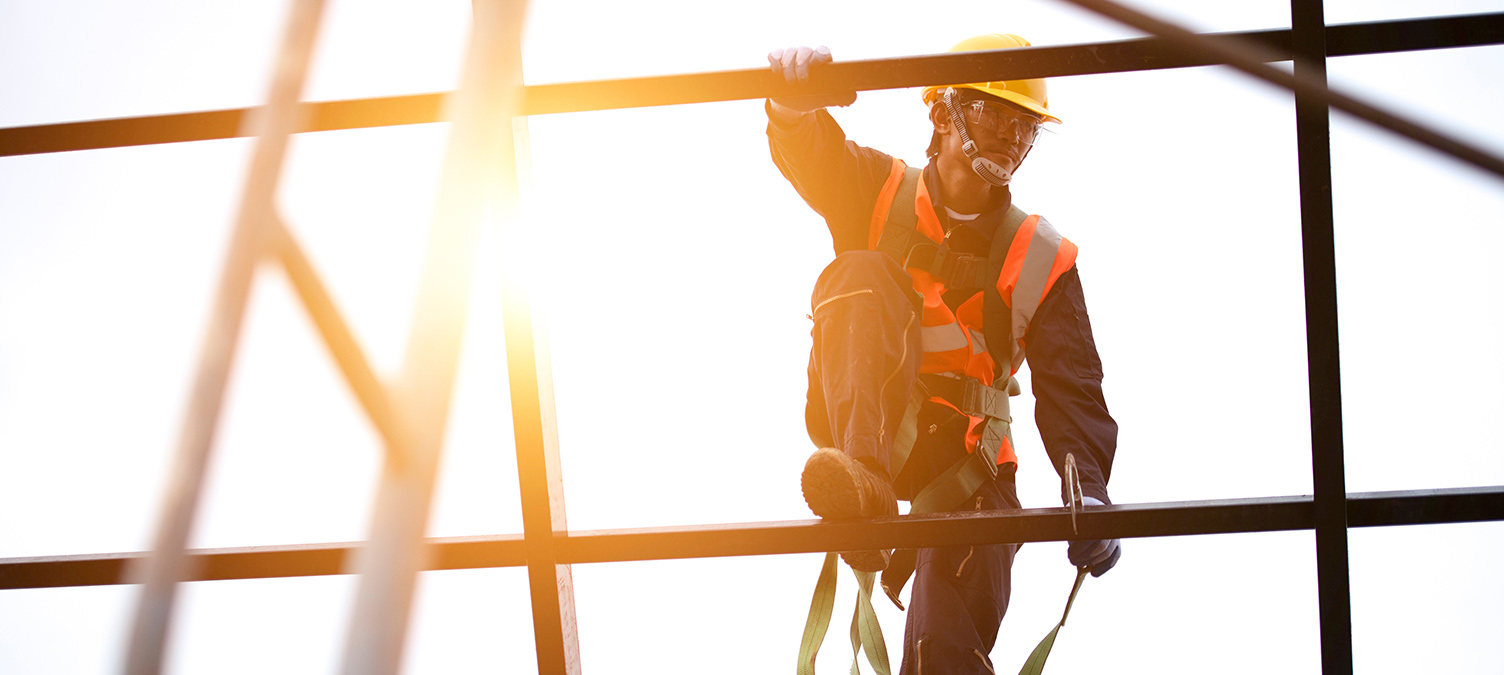Choosing the right construction site security monitoring solution is certainly more important now than it was before the pandemic changed everything. While a lack of viable workers is causing some industries severe issues, it is especially problematic when it comes to on-site security officers. It is a good time to look at construction site security monitoring and how to avoid mistakes that could result in bigger issues.
The Cost of Doing Business
In 2019, construction material costs rose by 10% and rose an astonishing 14.5% in 2021. Construction site surveillance cameras can surely help ensure your building materials are safe, but without the proper systems in place, construction site webcams are simply not enough. Here are five job site monitoring mistakes and how you avoid them:
Number 5: Insufficient Power
Construction site surveillance cameras require consistent and secure power to function in the way they were designed. Due to this issue, a lot of lower-end construction site webcams must be placed near power sources and sometimes that means placing the cameras inconvenient places which may not be optimal for adequate surveillance coverage. In many instances, cameras can be affixed to temporary poles which can offer better coverage. Of course, that requires running power to each pole. For residential projects, the best solution is to leverage existing power supplies like streetlights. Cameras can be plugged into the top of the streetlight using a power tap and this will give constant power to the cameras.
Number 4: Insufficient Light
Crime statistics prove that the more well-lit an area, the less attractive that area is to thieves. For residential projects, there might be enough streetlights to provide ample light to deter criminals, but for off-grid projects, lighting may be an issue. Even the best construction site webcams with Infra-red capability have a limited range and don’t always detect details that would be helpful in identifying suspects in case of theft. Making sure there is enough extra lighting in vulnerable spaces on a construction site, either through streetlights in residential projects or temporary poles with adequate lighting affixed along with your cameras is an important consideration.
Number 3: Get the Right Coverage
Having state-of-the-art construction site surveillance cameras isn’t going to mean much if they aren’t placed correctly. A well-planned camera coverage map is an essential part of any construction site security monitoring plan. Scout your job site and ensure that there aren’t any glaring blind spots that will hamper your ability to monitor your job site effectively. Cover all entry and exit points, consider the distance each camera is expected to work effectively, and plan accordingly. While the instinct to save money by increasing the distance between cameras might be attractive, avoid reducing cameras to cut costs.
Number 2: Data Overload
Construction site surveillance cameras will produce a lot of data. While it may seem that a lot of that data is useless, you’d be surprised by what your cameras can reveal about safety, inventory, environmental conditions, potential trouble spots, and so on. A major consideration when choosing or implementing a construction site security monitoring solution is how data will be stored and analyzed. Choose a solution that has tools to review, analyze and make better use of the data your construction site cameras generate.
Number 1: Attention to Detail
The truth is even the most robust security system is useless if your on-site supervisors aren’t following basic security procedures consistently. Something as simple as locking gates is still going to be the first line of defense to prevent your job site from being raided by criminal elements. Another small detail that construction professionals often overlook is not making your job site an obvious target by always stowing valuables like laptops and other electronics in locked and secured buildings not visible from high traffic areas. Building a culture of safety and security is always going to be the best way to prevent thieves from affecting your bottom line.
To find out more about how SiteKick is helping construction companies make better decisions on the job site, contact us for a free demonstration today.







